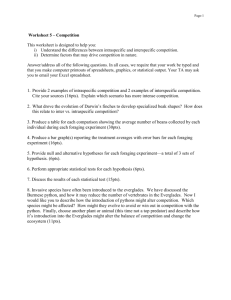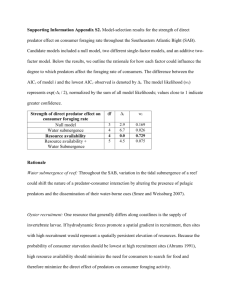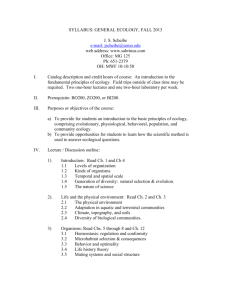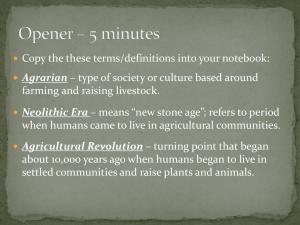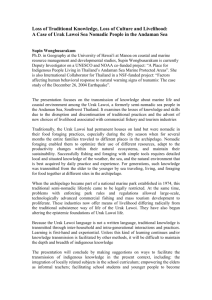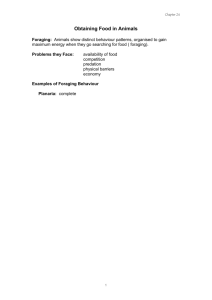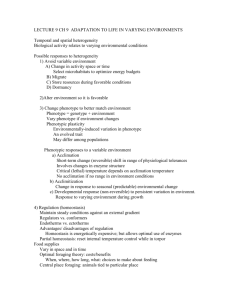A summary in English of Monika`s paper - see above
advertisement
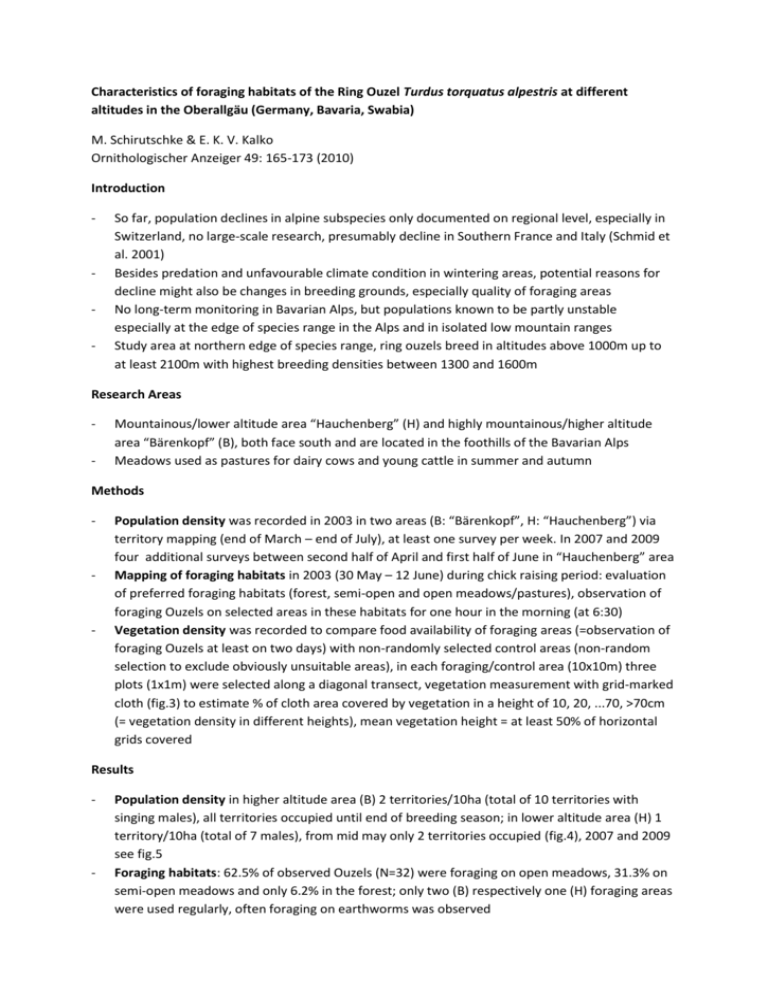
Characteristics of foraging habitats of the Ring Ouzel Turdus torquatus alpestris at different altitudes in the Oberallgäu (Germany, Bavaria, Swabia) M. Schirutschke & E. K. V. Kalko Ornithologischer Anzeiger 49: 165-173 (2010) Introduction - - So far, population declines in alpine subspecies only documented on regional level, especially in Switzerland, no large-scale research, presumably decline in Southern France and Italy (Schmid et al. 2001) Besides predation and unfavourable climate condition in wintering areas, potential reasons for decline might also be changes in breeding grounds, especially quality of foraging areas No long-term monitoring in Bavarian Alps, but populations known to be partly unstable especially at the edge of species range in the Alps and in isolated low mountain ranges Study area at northern edge of species range, ring ouzels breed in altitudes above 1000m up to at least 2100m with highest breeding densities between 1300 and 1600m Research Areas - Mountainous/lower altitude area “Hauchenberg” (H) and highly mountainous/higher altitude area “Bärenkopf” (B), both face south and are located in the foothills of the Bavarian Alps Meadows used as pastures for dairy cows and young cattle in summer and autumn Methods - - - Population density was recorded in 2003 in two areas (B: “Bärenkopf”, H: “Hauchenberg”) via territory mapping (end of March – end of July), at least one survey per week. In 2007 and 2009 four additional surveys between second half of April and first half of June in “Hauchenberg” area Mapping of foraging habitats in 2003 (30 May – 12 June) during chick raising period: evaluation of preferred foraging habitats (forest, semi-open and open meadows/pastures), observation of foraging Ouzels on selected areas in these habitats for one hour in the morning (at 6:30) Vegetation density was recorded to compare food availability of foraging areas (=observation of foraging Ouzels at least on two days) with non-randomly selected control areas (non-random selection to exclude obviously unsuitable areas), in each foraging/control area (10x10m) three plots (1x1m) were selected along a diagonal transect, vegetation measurement with grid-marked cloth (fig.3) to estimate % of cloth area covered by vegetation in a height of 10, 20, ...70, >70cm (= vegetation density in different heights), mean vegetation height = at least 50% of horizontal grids covered Results - - Population density in higher altitude area (B) 2 territories/10ha (total of 10 territories with singing males), all territories occupied until end of breeding season; in lower altitude area (H) 1 territory/10ha (total of 7 males), from mid may only 2 territories occupied (fig.4), 2007 and 2009 see fig.5 Foraging habitats: 62.5% of observed Ouzels (N=32) were foraging on open meadows, 31.3% on semi-open meadows and only 6.2% in the forest; only two (B) respectively one (H) foraging areas were used regularly, often foraging on earthworms was observed - Mean vegetation height on foraging areas (B: 13cm, H: 13.3cm) was significantly lower than on control areas (B: 26.7cm, H: 46.6cm; fig.6: wrong translation in figure label) Habitat management: about half of both study areas (B/H) were meadows/pastures; B: 93% pastures (39% from June and 56% from July on) and 7% meadows; H: 74% pastures (7% from June, 67% from July on) and 26% meadows. No grass mowing in both areas. Discussion - - Ring ouzels preferred meadows with lower vegetation height for foraging, hence pastures, where grass is kept short by grazing, are important foraging habitats in mountainous areas Timing of grazing on pastures might be relevant for territory abandonment in “Hauchenberg” area, where grazing did not start until July. Ring ouzels need short vegetation especially during chick raising period in May and June. In the higher altitude area “Bärenkopf” vegetation is shorter in June even without grazing. Hence, territory abandonment in the lower altitude area might be related to unsuitable foraging habitats. Interestingly, the only breeding pair in “Heuchenberg” had its territory at the edge of the study area, where some pastures were already grazed in May/June, and these pastures were regularly used for foraging by the adults. Territory abandonment was no singular event in 2003, but did recur in 2007 and 2009. There seems to be a correlation between local territory abandonment and large-scale changes in the Alps. Population decline below the forest line in Oberengadin/Switzerland was related to habitat changes (Maumary 2007), and besides changes in grazing management also climate change is relevant in lower altitudes. Habitat models predict a future shift in the distribution limit of Ring ouzels towards higher altitudes (v.d.Busche et al. 2007).

